Just how good is your Beatrix Potter general knowledge? In our Beatrix Potter guide, author of the National Trust guidebook 'Beatrix Potter’s Lake District', Vivienne Crow, looks back on the author's fascinating life.
1
Beatrix Potter often used her own pets as models for the illustrations in her books
To draw Mrs Tiggy-Winkle, for example, she dressed up her own pet hedgehog who would “yawn pathetically” if required to pose for too long. Various members of her menagerie – which included frogs, a bat and even a lizard called Judy – would accompany her on holidays with her parents until she was well into her 30s.
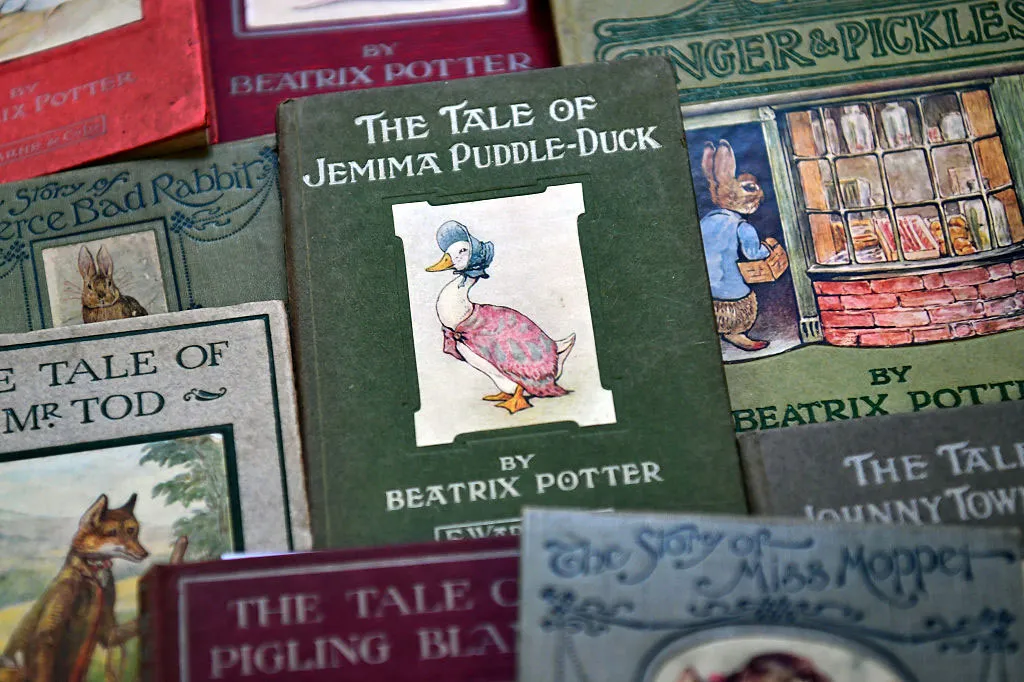
2
She was very scientific in her approach to the natural world
She carefully observing the behaviour of both animals and plants. In 1897, after some ground-breaking work on fungi spores, a paper she had written was presented on her behalf to London’s Linnean Society, an influential group of academics and enthusiasts involved in biological study. She couldn’t attend the meeting herself as women were not admitted to the society.
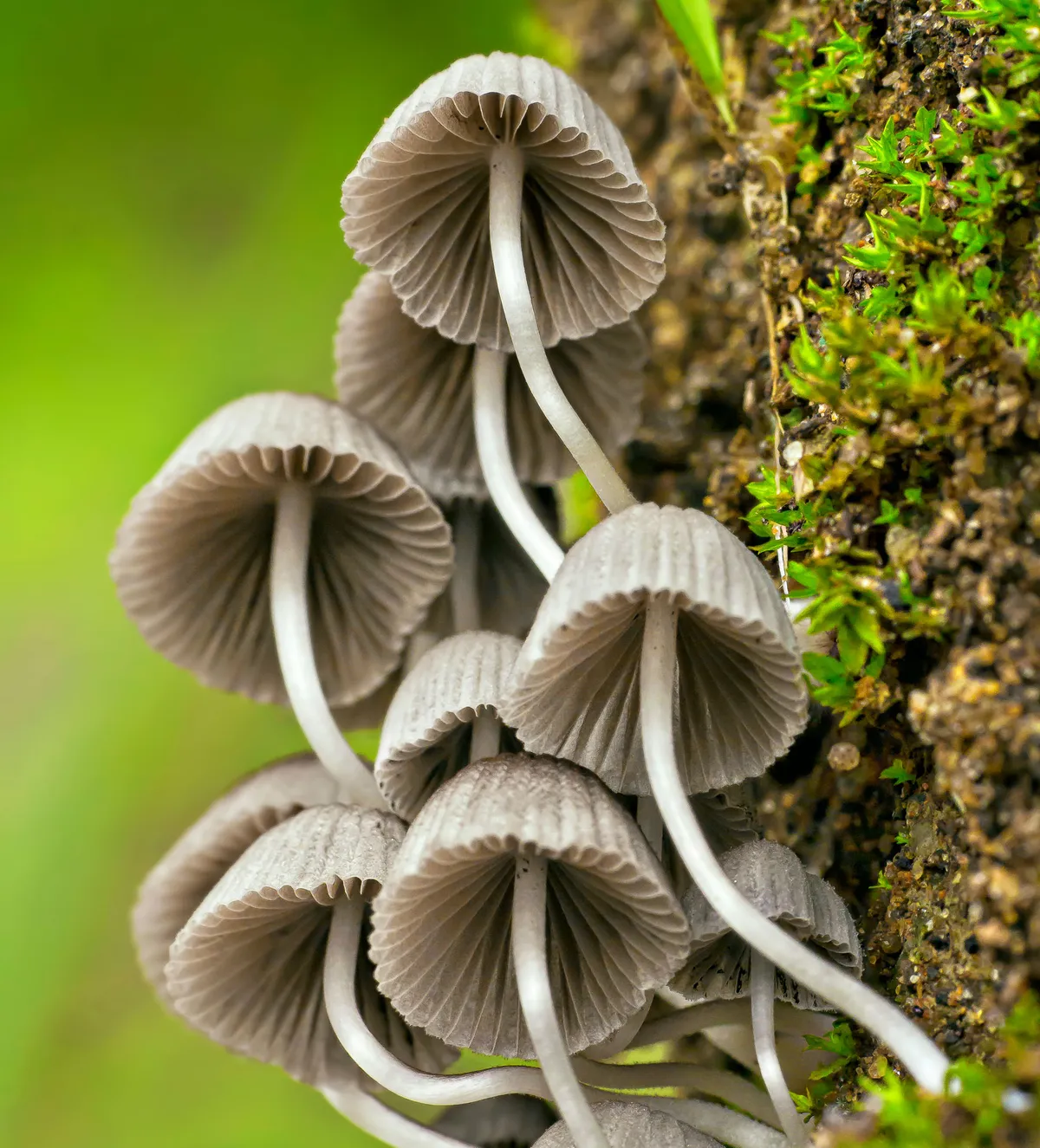
3
The Tale of Peter Rabbit was rejected by several publishers before Frederick Warne & Co took it on in 1902.
Probably Beatrix Potter's best-known story, about a mischievous bunny whose father had ended up in a pie, went on to sell almost 50 million copies, making it one of the best-selling books of all time. Additionally, Beatrix went on to become engaged – against her parents’ wishes – to Norman Warne, one of the three brothers running the publishing company. Sadly, he died just one month into their engagement.
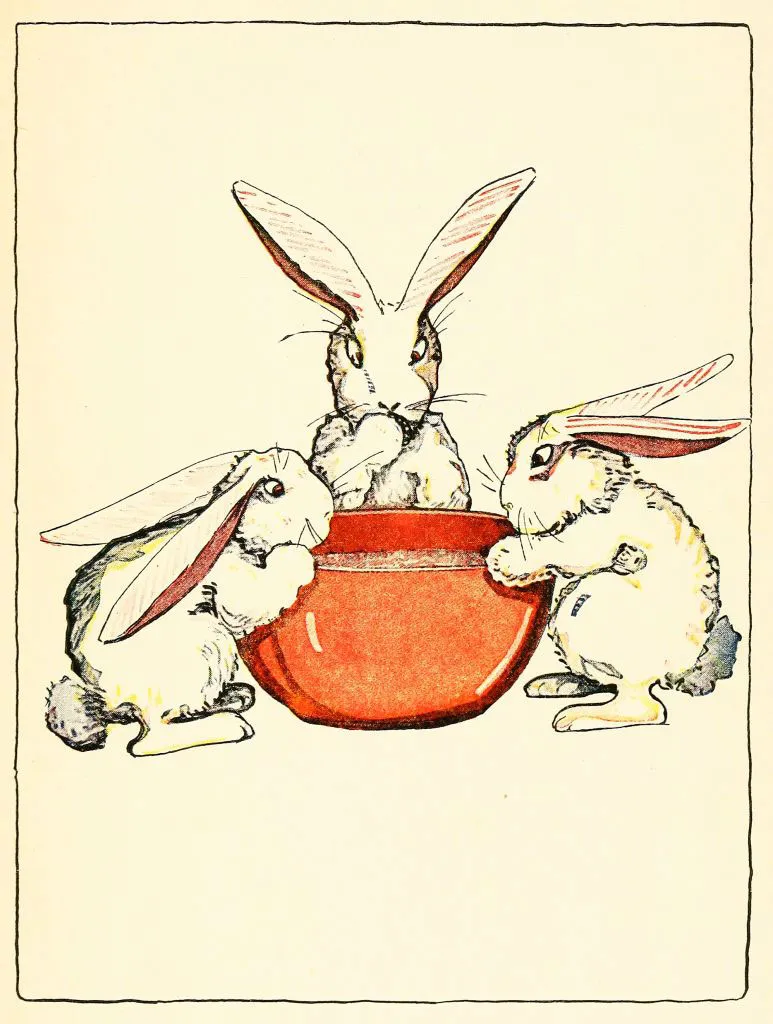

4
Peter Rabbit started life as one of the stars of a picture story that Beatrix created while writing a letter to Noel Moore, the young son of her former governess.
She’d heard that the five-year-old was ill in bed, so the story of Flopsy, Mopsy, Cotton-Tail and Peter was designed to cheer him up. Peter was inspired by one of her own pets: a rabbit called Peter Piper who was bought on the Uxbridge Road in Shepherds Bush.
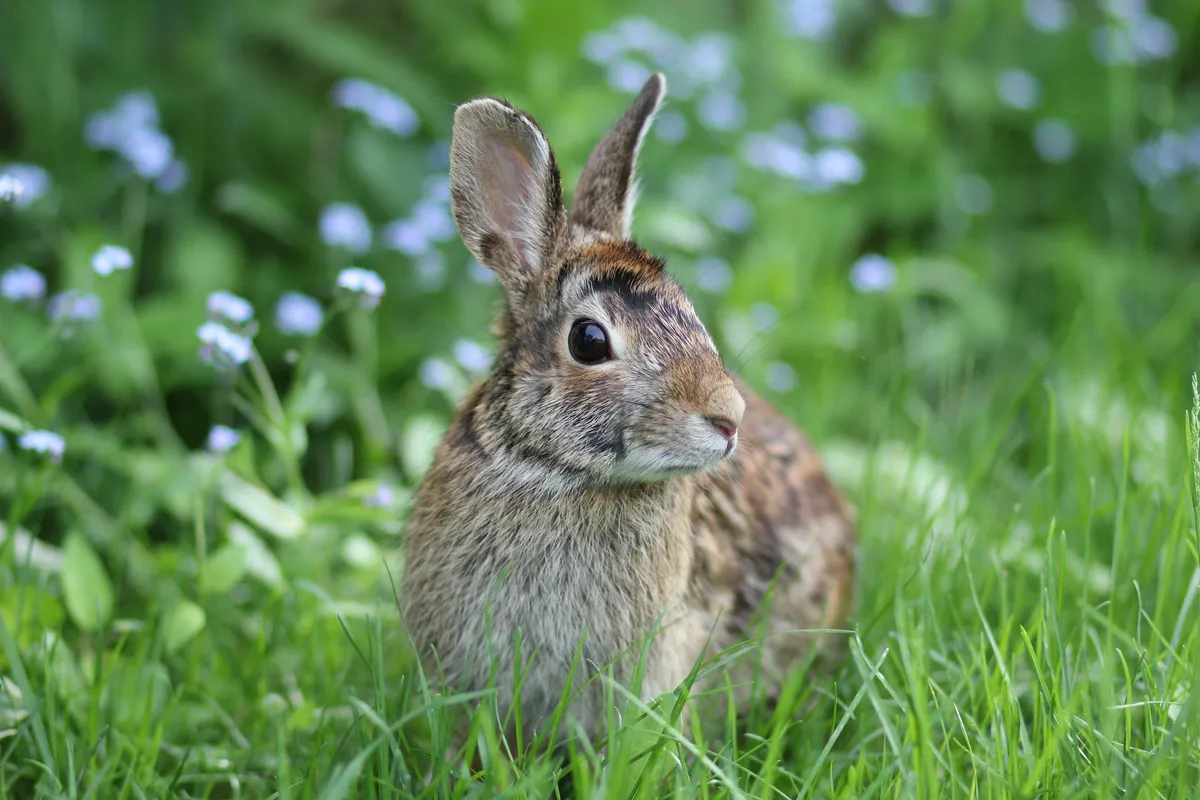
5
Beatrix Potter wrote a journal in code
Like many teenagers and young women, Beatrix kept a journal. Unlike your average teenager though, she wrote it in code... a code that wasn’t deciphered until 15 years after her death.Why she felt the need to write in code, we’ll never know: it may have been to prevent her mother from reading about her private thoughts and feelings, or it may simply have been a game devised by her creative mind.

6
Beatrix Potter produced her own Peter Rabbit merchandise
We tend to think of merchandising as a modern phenomenon, perfected by the likes of Disney, but Beatrix was putting this marketing tool to good use more than 100 years ago. The astute businesswoman had a Peter Rabbit doll patented, she designed a Peter Rabbit game, and her endearing animal characters appeared on jigsaw puzzles, stationary, tea-sets, even wallpaper and slippers.
7
Beatrix Potter’s writing career was concentrated into a relatively short period of her life
Most of Beatrix Potter's books were published between 1902 and 1913.
After marrying Lake District solicitor William Heelis in 1913 – and until her death 30 years later – she dedicated most of her time to farming and conservation. Many of her neighbours and fellow farmers knew her only as Mrs Heelis; they weren’t aware of her previous incarnation as a famous children’s author.
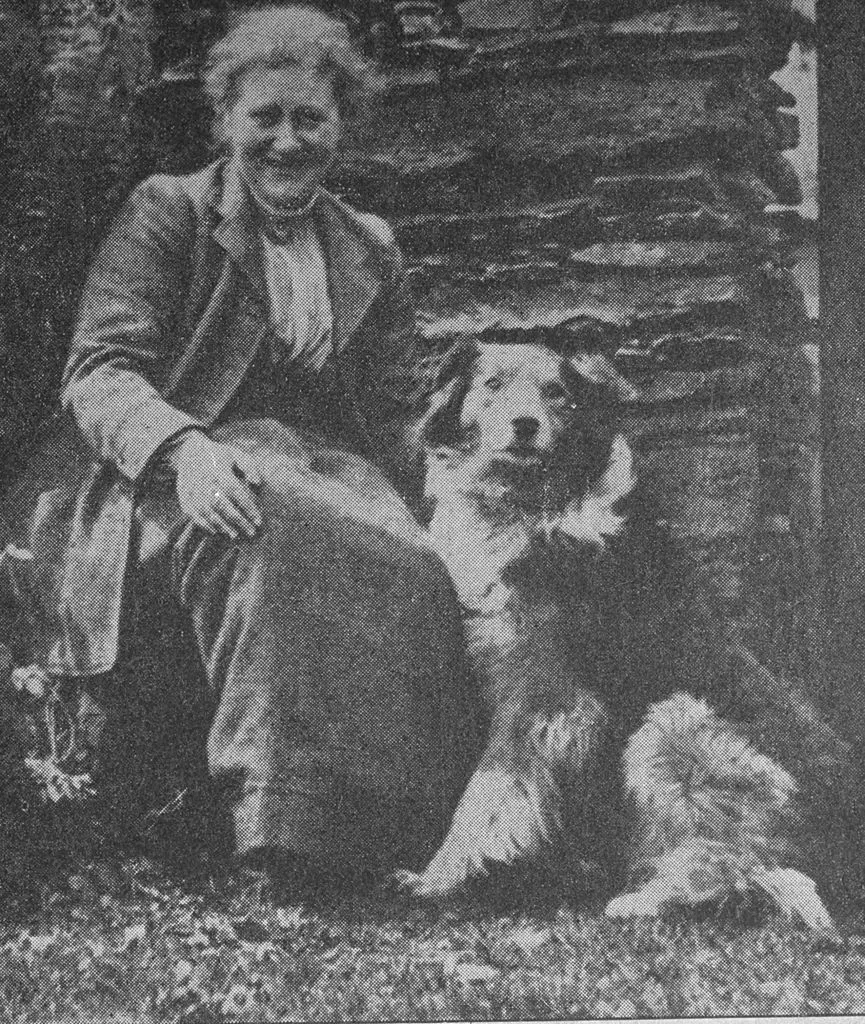
8
Beatrix never won any literary awards – they simply didn’t exist in her day – but she was the proud recipient of many sheep-breeding prizes.
Beatrix Potter travelled to agricultural events all over the Lake District to show off her Herdwick sheep, and came away with many trophies and rosettes. Her shepherd, Tom Storey, said the awards made her ‘as proud as a dog with two tails’.
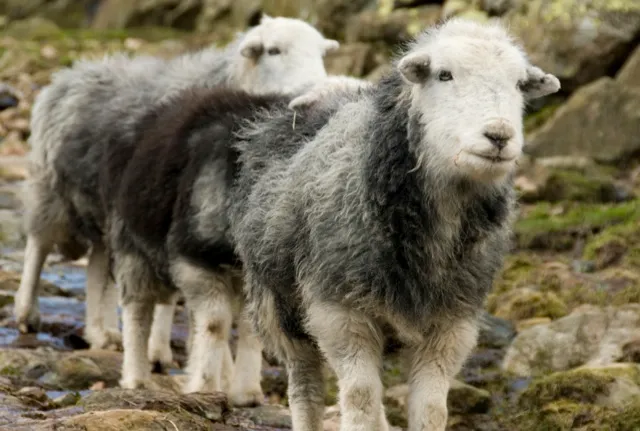
9
Beatrix never lived in the Lake District farm used as her home in the 2006 biopic Miss Potter, starring Renée Zellwegger.
The building in the film is actually Yew Tree Farm, just north of Coniston. Beatrix lived a few miles away in Near Sawrey, but she bought Yew Tree for the National Trust in 1930. In accordance with the writer’s wishes, it remains a working farm today, but holiday-makers can rent part of the farmhouse as self-catering accommodation.
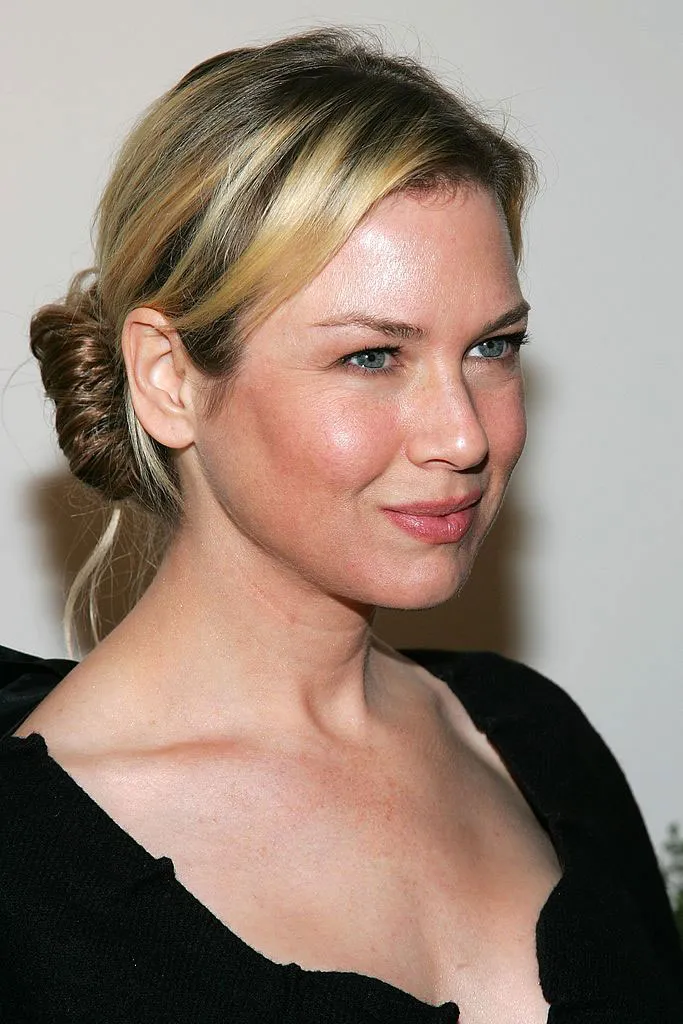
10
After her death, Beatrix Potter left the National Trust 15 farms in the Lake District
When she died at the age of 77 in 1943, Beatrix Potter left the National Trust more than 4,000 acres of land. She was keen for farming traditions to be kept going ‘so far as possible’ on her properties after her death. In particular, she wanted the landlord’s sheep stocks to be maintained as ‘pure Herdwick breed’, and the National Trust today requires tenants on its relevant properties to run a flock of these hardy, native sheep.
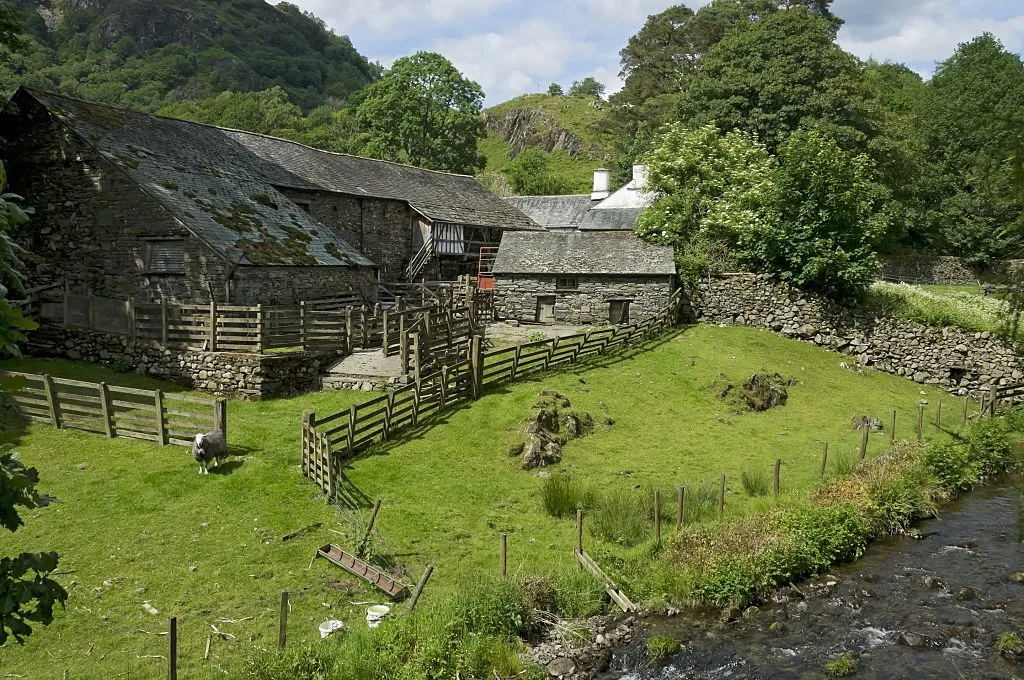
Vivienne Crow is the author of the National Trust guidebook 'Beatrix Potter’s Lake District', due to be published in March 2016.



